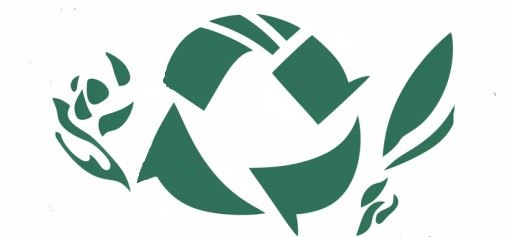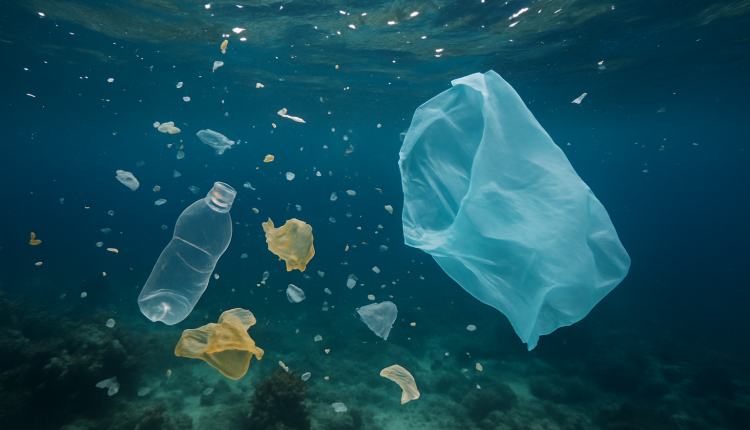- Advertisement -
The world’s oceans, which cover more than 70% of the Earth’s surface, are in a state of emergency. Once considered too vast to pollute, these immense bodies of water are now choking under the weight of plastic waste. From tiny microplastics to massive floating debris, plastic pollution is altering the marine ecosystem at an alarming pace. The impact on marine life, food chains, and even human health cannot be ignored. Understanding the consequences of this crisis—and identifying actionable solutions—is essential for preserving our planet’s most vital ecosystems.
The Scale of Plastic Pollution
Every year, an estimated 11 million metric tons of plastic enter the ocean. By 2040, this number could nearly triple if no significant action is taken. The source of this plastic is varied: discarded fishing gear, plastic bags, packaging, bottles, microbeads from cosmetics, and even synthetic fibers from clothing washed down household drains. Once in the ocean, plastic doesn’t biodegrade—it simply breaks into smaller fragments, becoming microplastics that are nearly impossible to clean up.
Plastic waste accumulates in large gyres, such as the infamous Great Pacific Garbage Patch, which is now estimated to be twice the size of Texas. However, visible plastic represents only a small fraction of the problem. A significant amount of plastic sinks to the ocean floor or is ingested by marine organisms, integrating itself invisibly into the marine food web.
The Impact on Marine Life
The consequences for marine life are profound and often fatal. Over 700 marine species have been documented as being affected by plastic pollution. Sea turtles mistake floating bags for jellyfish and die from intestinal blockages. Seabirds ingest small plastic particles, mistaking them for food, which leads to starvation as their stomachs fill with indigestible waste. Marine mammals become entangled in plastic fishing lines or six-pack rings, leading to injury, infection, or drowning.
Microplastics are especially dangerous because they are consumed by zooplankton—the foundation of the marine food chain. These microplastics then move up the food web, affecting fish, larger predators, and eventually humans. Studies have found microplastics in seafood, sea salt, and even bottled water, raising significant concerns about human health implications.
Disruption of Ecosystems
Plastic pollution doesn’t only harm individual species—it disrupts entire ecosystems. Coral reefs, which are already threatened by warming oceans and acidification, are further endangered by plastic waste. When plastic comes into contact with coral, it can introduce pathogens, physically damage the delicate structures, and block sunlight, reducing photosynthesis. Coral reefs, which support approximately 25% of all marine life, may not recover from this additional stressor.
Floating plastic also provides a platform for invasive species to hitch rides across oceans. These species can disrupt native marine ecosystems and outcompete local organisms, leading to biodiversity loss and further ecological imbalance.
Socioeconomic Consequences
The damage extends beyond the ecological. Coastal communities dependent on fishing and tourism suffer from the degradation of marine environments. Polluted beaches deter tourists, while contaminated fisheries threaten livelihoods and food security. The economic cost of ocean plastic pollution is estimated to be in the billions annually, encompassing cleanup efforts, losses in tourism revenue, and declining fish stocks.
Moreover, the continued production of single-use plastics consumes significant fossil fuel resources and contributes to greenhouse gas emissions, compounding the environmental cost.
Solutions: Prevention, Innovation, and Policy
Addressing the plastic crisis in our oceans requires a multi-pronged approach:
- Reduce Plastic Production and Consumption
The most effective solution is to reduce the amount of plastic produced in the first place. Governments and corporations must work together to phase out single-use plastics and promote alternatives such as biodegradable materials or reusable products. Consumer habits also need to change—bringing reusable bags, refusing plastic straws, and choosing products with minimal packaging are small steps that collectively make a difference. - Improve Waste Management
In many parts of the world, especially developing nations, poor waste management infrastructure is a major contributor to marine plastic pollution. Investing in better collection, recycling, and disposal systems can prevent plastics from reaching waterways. Education campaigns can also help increase public awareness and participation in recycling efforts. - Support Clean-Up Initiatives
Organizations and volunteers around the globe are engaged in beach cleanups and ocean cleanup missions. Technological innovations, such as autonomous ocean-cleaning vessels and systems designed to capture plastics in rivers before they reach the sea, are gaining traction. While cleanup alone cannot solve the problem, it is a critical part of the larger solution. - Regulate and Enforce Policies
Effective legislation is crucial. Bans on plastic bags, regulations on microbeads, extended producer responsibility laws, and international agreements to reduce ocean pollution are all steps in the right direction. Enforcement, however, remains a challenge and requires political will and cross-border cooperation. - Scientific Research and Innovation
Continued research into the effects of plastic on marine life and human health is essential. Additionally, innovation in materials science can lead to the development of truly compostable alternatives to conventional plastics. Businesses should be encouraged through incentives and regulations to adopt sustainable production practices.
Conclusion
Plastic pollution in the oceans is not just an environmental issue—it is a threat to life on Earth. The oceans regulate the climate, provide food, generate oxygen, and support biodiversity. Their degradation affects us all. We must recognize that the convenience of disposable plastic comes at a staggering cost to our planet’s health.
Reversing the damage is still possible, but it requires urgent, unified action. Governments, industries, and individuals must all play their part in reducing plastic use, enhancing waste management, and restoring ocean health. Only through global commitment and meaningful change can we ensure that the oceans remain a source of life and wonder for generations to come.

